Contact Us. Web site contents copyrighted. All rights reserved. Made With Serif WebPlus. Home

Home Camp, Corral Allotment, Washoe County, Nevada
Sage Steppe Habitat Restoration Project
Surprise Field Office, BLM
October 12, 2014
The measuring stick has six inch increments.
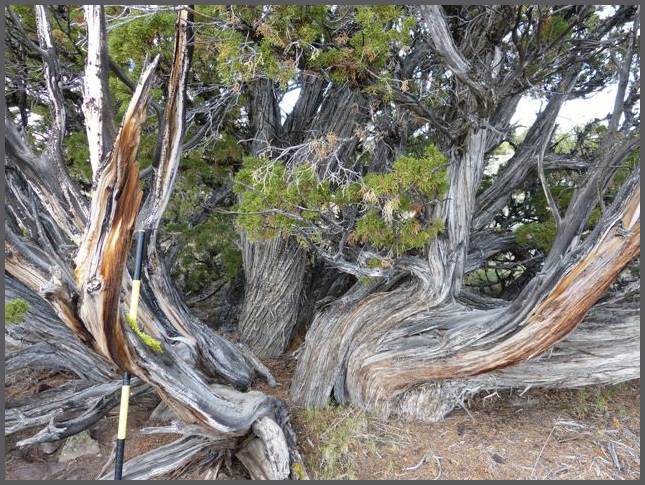
An old growth juniper on the Corral Allotment, Home Camp, Nevada on June 21, 2013 before the BLM implemented the Sage Steppe Habitat restoration project.
Excepts from the BLM Final Environmental Assessment:
U.S. Department of the Interior
Bureau of Land Management
Environmental Assessment
Home Camp Acquired Lands Projects and Authorizations
Date prepared: June 14, 2012
Old Growth Juniper: Page 124
“Historic woodlands within the project areas would be preserved and mature/old growth stands of juniper would be identified and protected. Individual old growth trees in restoration areas would be identified using morphological characteristics (Miller et al. 2005) to identify those trees and preserve them for their many social and ecological values. “
Public Comments 16 and 18: Pages 160 and 161
Our Comment 16 page 160:
16. “Old growth juniper woodlands are and were an important component of the sage steppe ecosystem. A natural old growth juniper woodland is uneven in age. Management plans (or project plans) should seek to address old growth stands/woodlands as a natural unit rather than to create an artificial assemblage of individual old juniper trees with all younger juniper removed from within the community structure.”
BLM Response to our Comment 16: Bottom of Page 160
“Comment Noted and clarified; see page 117 of EA which states “Preserve clumps of younger juniper scattered throughout the treatment area, prioritized around and adjacent to trees exhibiting old growth characteristics (5 to 10 trees per acre).”
Our comment 18 page 161:
18. “Planning for wildlife should include management of old growth juniper woodlands as a unit, in addition to individual or small clusters of scattered old growth junipers. The EA states that the project would enhance riparian and sagebrush habitats but leaves out completely the detrimental effects to the habitat for many tree and cavity nesting birds if old growth woodlands are not managed as a community so that they will survive for the future.”
BLM Response to our Comment 18: Bottom of Page 161
“Comment noted; historic juniper woodlands and trees exhibiting old growth characteristics will not be cut and will be preserved in place, resulting in no impact and ensuring that juniper habitats for current and future wildlife populations continue to exist across the landscape.”
Home Camp is located in Washoe County, Nevada about 15 miles east of Eagleville, California in the Hays Canyon Mountains. Corral Allotment is just east of the old Home Camp ranch compound and contiguous with the north boundary of the Wall Canyon Wilderness Study Area. These public lands are managed by the Surprise Field Office, BLM.
There is a mix of both western and Utah juniper in this area, but most of the juniper appears to be Utah juniper.
The old growth juniper woodlands at Home Camp were very extensive, whether on the up slopes or on the tops of rocky plateaus. The finest untouched old growth juniper woodlands we have seen anywhere were in the Corral Allotment at Home Camp. This used to be our favorite place in Nevada. The BLM’s recent “restoration” project has changed that irrevocably.
Home Camp, Corral Allotment
2012, 2013 and 2014
We visited Corral Allotment several times during 2012 and 2013 before the BLM implemented the Sage Steppe Habitat restoration project. Because of past experience with BLM and FS juniper removal projects, we took many pictures of the old juniper and the old juniper woodlands on the rocky plateau that is Corral Allotment. We recorded the GPS location for each picture so that we could come back after implementation and compare before images with after images.
During October 2014, we visited Home Camp and found that the BLM had completed the Corral Allotment Sage Steppe Habitat Restoration. This was a surprise to us since the BLM had promised that they would notify us when they planned to start this project.
We found that the BLM had not followed their Environmental Assessment with respect to the preservation of old growth juniper or the preservation of the old historical juniper woodlands.
It is clear from reading the BLM Final EA for Corral Allotment that the BLM intended to “preserve” (their word), old growth juniper and historic old growth juniper woodlands during the Sage Steppe Habitat Restoration project.
Assuming that the BLM actually knows how to identify the various forms of old growth juniper, it also seems clear that the BLM had no such intentions of “preserving” the old juniper when they actually started to cut the juniper on the project lands. We aged old growth juniper cut by the BLM on this project from about 205 years all the way up to about 660 years of age. There were not just a few “mistakes”, but hundreds of old growth juniper deliberately cut down on the 1,148 acre project site. For example, in one old group of trees, the BLM cut down eight out of ten old growth juniper, all ten of them exhibiting similar old growth characteristics. This sort of action does not reflect mistaken identification of old growth juniper, but rather, the intentional thinning of the old growth juniper woodlands by the Surprise Field Office, BLM. Also, how/why did this project pass regular inspections?
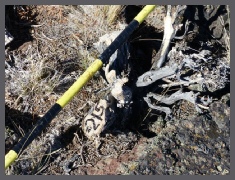
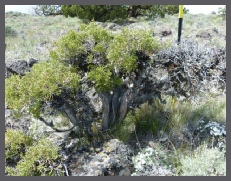
Mountain Sheep and other herbivores kept this old juniper under two feet tall for about 215 years until the BLM cut it down in order to “restore” the habitat. Click on the images for a larger image. The measuring stick has six inch increments.
Old Growth Juniper Before, 2013, and After Implementation, 2014, Corral Allotment, Home Camp, NV
We took pictures and GPS locations of old growth juniper on the plateau of Corral Allotment in May and June 2013. We returned in October 2014 and took pictures at the same GPS locations of exactly the same old growth juniper trees as in 2013. Below are before and after images of some of the old juniper that were cut down on the Corral Allotment under the management of the BLM, Surprise Field Office. The arrows in the images indicate the same tree, rock, or hill present in the before and after image pairs. The ages of the cut old juniper were estimated by counting rings and varied from about 205 years up to about 660 years. We estimate that the BLM cut down as much as 80% of the old growth juniper on Corral Allotment.
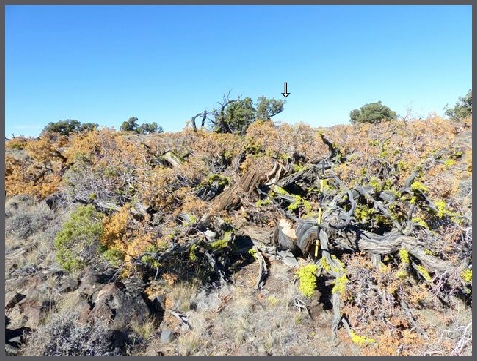
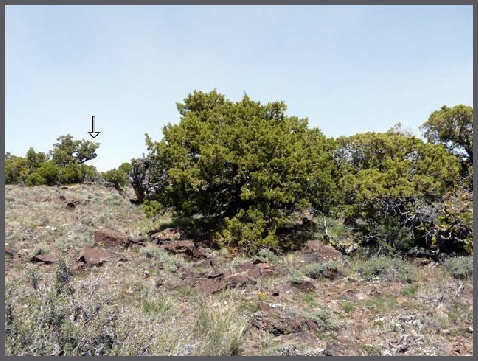
Project inspections during implementation followed by real time adjustments in practice, (as stated in the Final EA, page 124), should have prevented the apparently deliberate destruction of these old growth juniper.
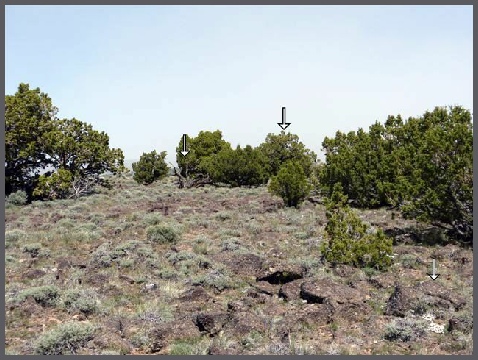
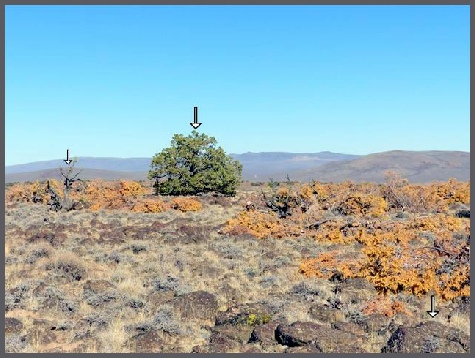
All the old growth juniper in the left image were cut down except this one. This project destroyed extremely valuable wildlife habitat. It was not a legitimate “restoration” project, but a landscape conversion.
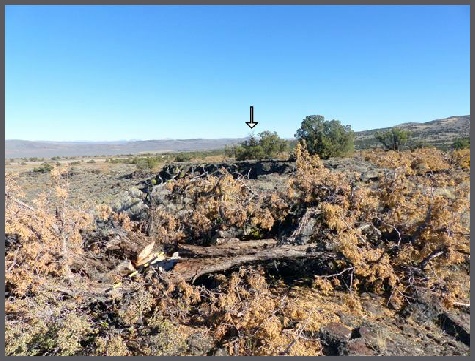
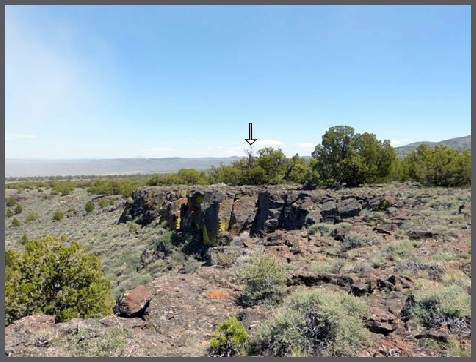
We were able to estimate the age of the cut old juniper in the fore ground of the image on the right at about 515 years.
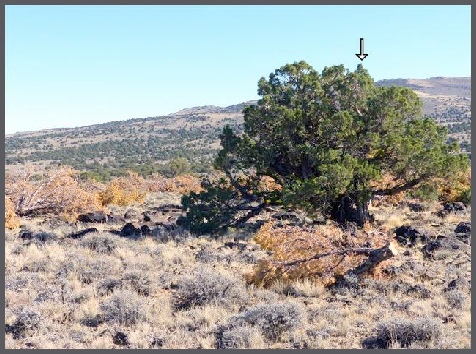
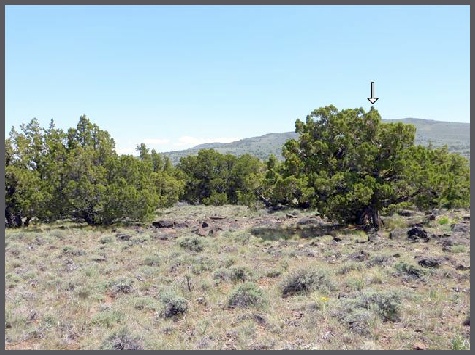
The old growth junipers in the left image that were cut had the same basic old growth characteristics as the one that was not cut in the right image. It has been impossible to figure the reasoning the BLM used to decide which old growth trees would be cut and which ones would not be cut.
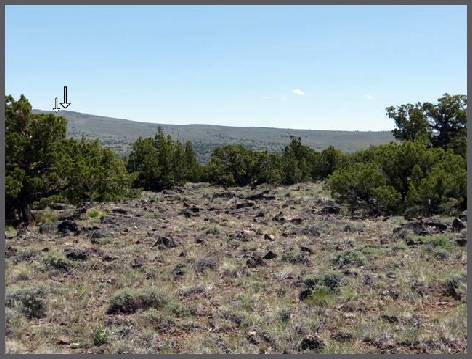
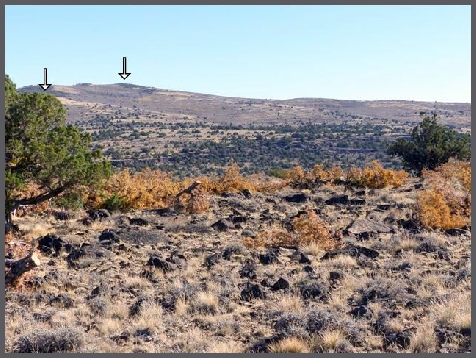
The type of low growing old growth juniper, right front, in the left image, was especially vulnerable in this project.
Hundreds of low growing multi-trunked old growth juniper were cut down on the Corral Allotment.
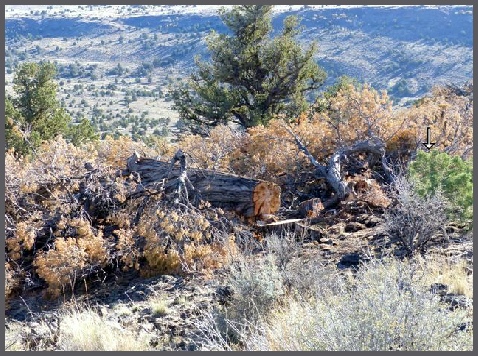
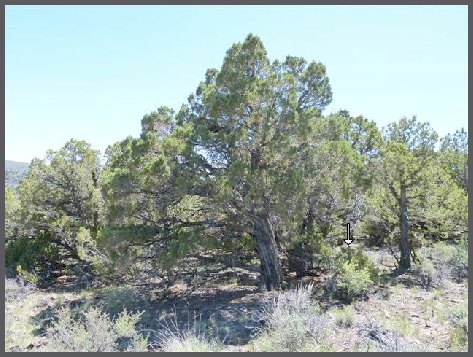
Before and after of the same old juniper with typical old growth characteristics. About 75 feet away, another old juniper with similar old growth characteristics was also cut and we were able to estimate its age at about 430 years old.
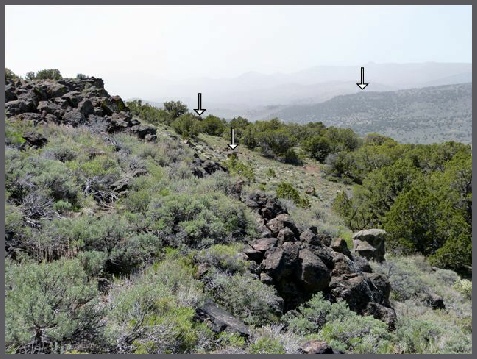
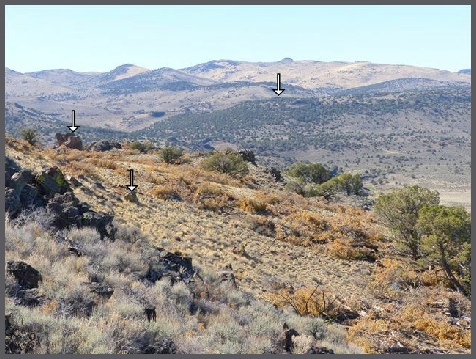
This was a classic historic old growth juniper woodland in May of 2013. The BLM’s response to our comment 18 in the Final EA stated: “Comment noted; historic juniper woodlands and trees exhibiting old growth characteristics will not be cut and will be preserved in place, resulting in no impact and ensuring that juniper habitats for current and future wildlife populations continue to exist across the landscape.” The only young juniper in the before image on the left are the three little juniper next to the rocks in the center of the picture. Our estimate from these two pictures is that the BLM cut down as much as 80% of the old growth juniper in this old juniper woodland. No “mistake” here either, just deliberate destruction of a valuable public resource.
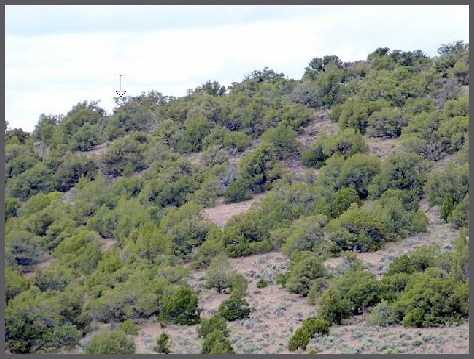
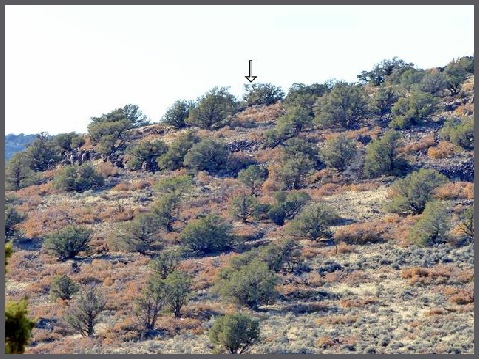
Another old juniper woodland on the Corral Allotment with a few young juniper in the foreground. It appears here that about 50% of the old growth juniper have been cut down by the BLM as “habitat restoration”.
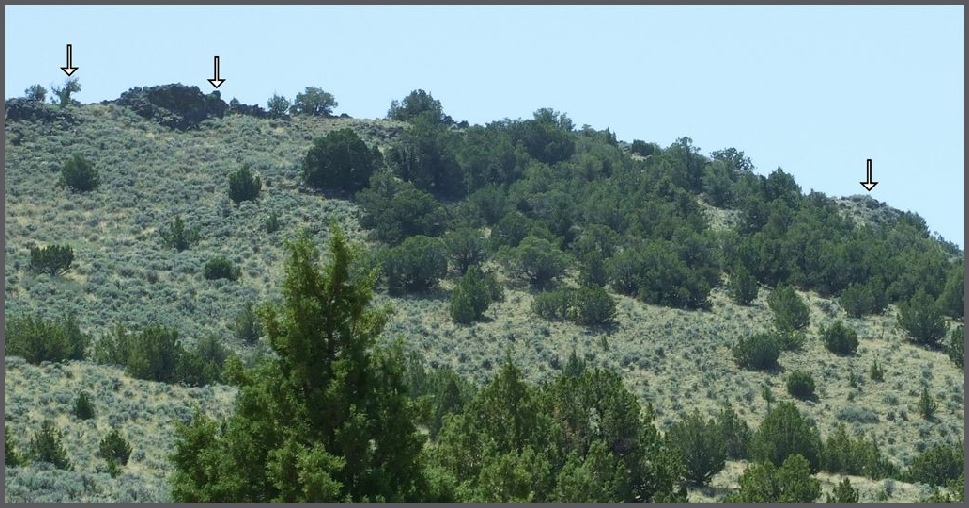
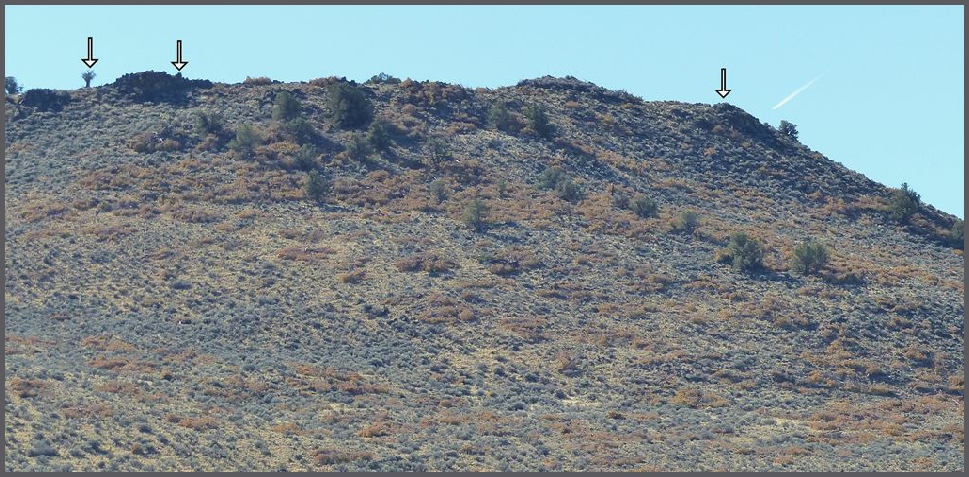
In the two images above, the BLM cleared all the old growth juniper off the edge of the rim and even pruned up the one they left standing. They cut down over 80% of the old juniper that made up this small old growth woodland. The BLM’s response to our comment 16 on page 160 of the Final EA states: “Preserve clumps of younger juniper scattered throughout the treatment area, prioritized around and adjacent to trees exhibiting old growth characteristics (5 to 10 trees per acre).” This was obviously not done in this area and we did not find any clumps of younger juniper left around old growth anywhere on the project. The BLM said it would do one thing in the documents presented to the public and then did something completely different when they implemented the project.